It’s time to get a jump on beautiful pink blossoms at this forest garden in Japan【Photos】
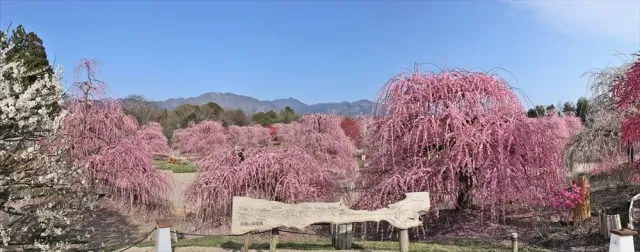
Why wait for sakura when ume are already almost here?
We’re past the midpoint of winter now, so it won’t be long until blossoming seasonal flowers produce pink pockets of beautiful scenery in parts of Japan. That’s not to say that you’ve got to wait all the way until spring when the sakura show up, though, because we’re just a few weeks away from the start of ume season.
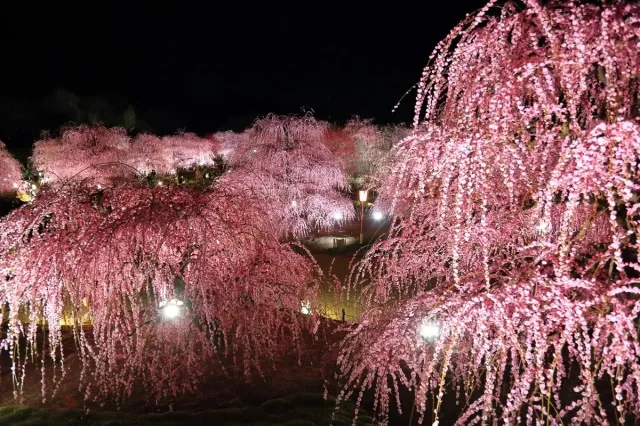
Ume is the Japanese word for plum, used loosely to refer to the trees, fruit, and flowers. Most varieties of plum blossoms begin to open in mid-February, coinciding with the start of spring under classical Japanese seasonal reckonings, so they also have an ambiance of auspicious new beginnings in cultural depictions.
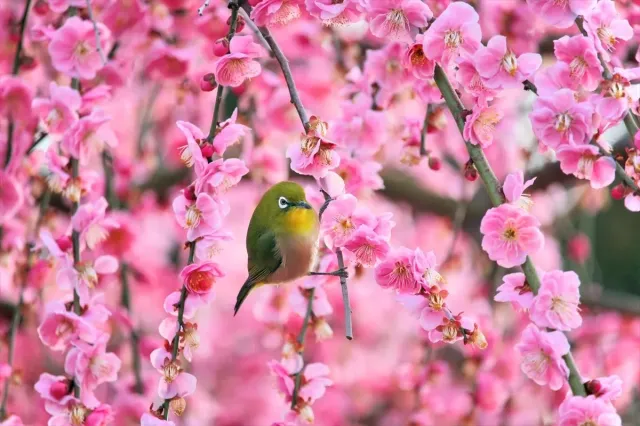
Perhaps because their flowers bloom at a chillier time of year, plum trees aren’t incorporated into parks and public space landscaping on the same scale as cherry blossom trees are. But while you might have to go a little farther out of your way to see ume than sakura, it’s well worth your time, especially if you make the trip to Suzuka Forest Garden in the town of Suzuka, Mie Prefecture, where the photos seen in this article were taken. Roughly 200 plum blossom trees stand within the grounds, many of them being a shidare, or “weeping,” variety, in which the boughs arc gracefully down towards the ground. One of the most breathtaking examples is the Ten no Ryu, or “Dragon of Heaven,” which is over 100 years old and thought to be one of the oldest kureha-shidare ume trees in all of Japan.
▼ Ten no Ryu
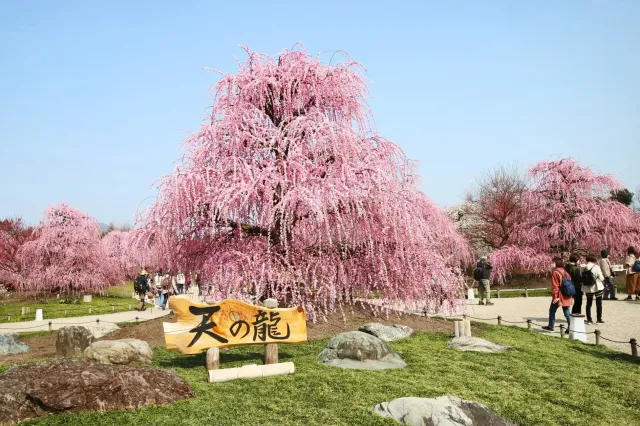
Ordinarily, Suzuka Forest Garden closes at 4 p.m. However, starting in mid-February, the facility stays open until 8:30 so that visitors can see the flowers illuminated at night, set against the black backdrop of the sky, with the lights coming on at 6 o’clock.
▼ The shape of the shidare ume make them look like floral fireworks.

This year’s Suzuka Forest Garden plum blossoms are expected to reach full bloom around the beginning of March, but even if you’re a little late to the party in pink it should still be a treat for the eyes. As seen in the below photo, by one of last year’s winners of the garden’s annual photo contest, as the flowers fall from the trees, they create a carpet of petals below.
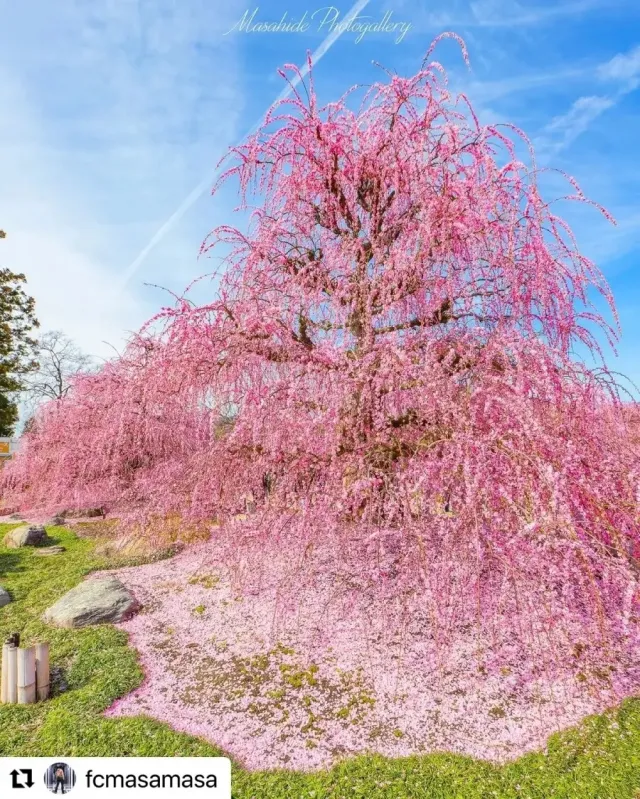
▼ Another photo from last year’s contest shows the Chi no Ryu, or “Dragon of Earth,” also thought to be over a century old.

If you’re convinced that this place deserves a spot on your itinerary, bus operator Mie Kotsu runs shuttle buses to the garden from JR Yokkaichi and Kintetst Yokkaichi Stations in Yokkaichi City, and JR Tokai Tours also has buses that go from JR Nagoya Station directly to the garden (transportation access details can be found on the garden’s official website here). The plum blossom after-dark light-ups start February 15 and are scheduled to continue through late March.
Related: Suzuka Forest Garden official website
Source, images: PR Times
● Want to hear about SoraNews24’s latest articles as soon as they’re published? Follow us on Facebook and Twitter!
Credit:

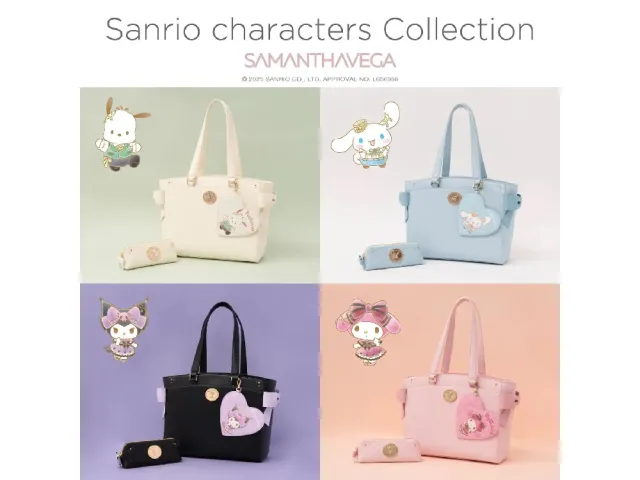

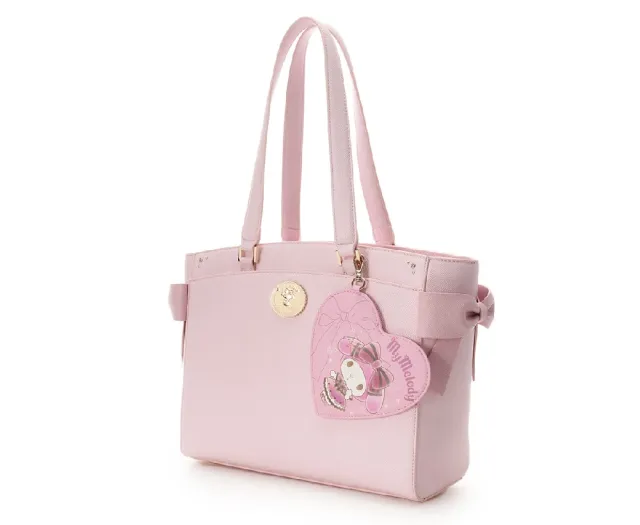
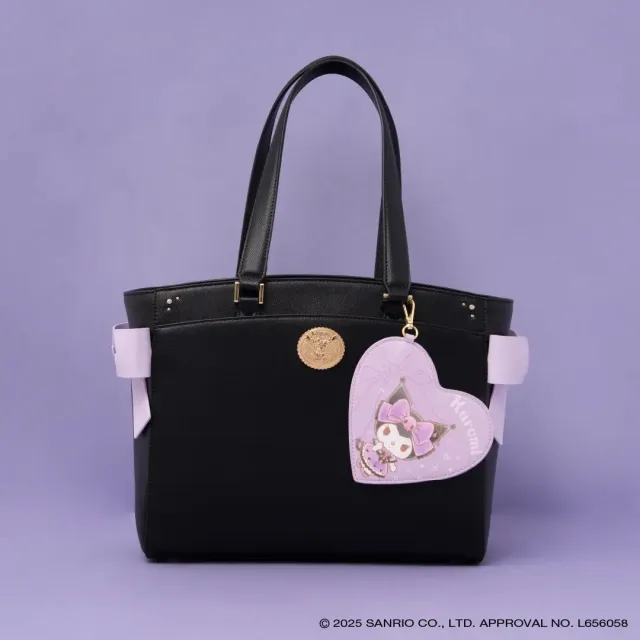
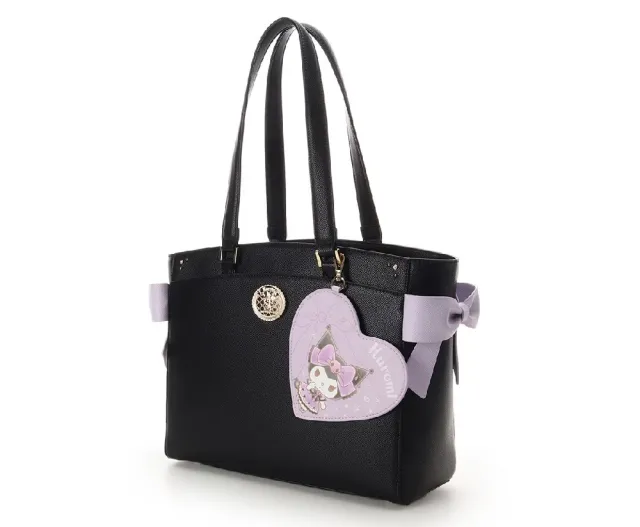


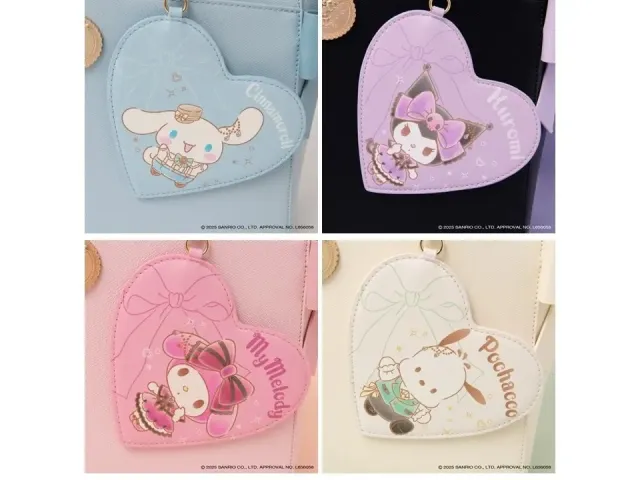
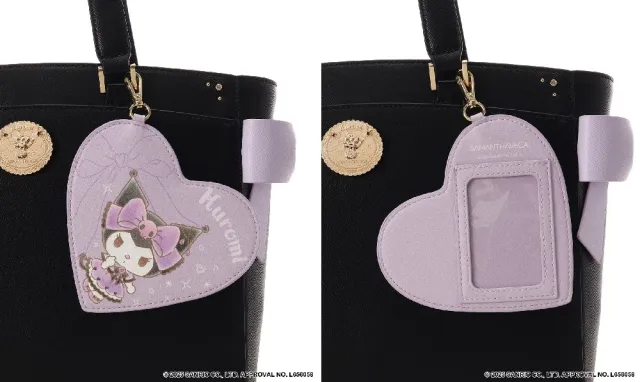
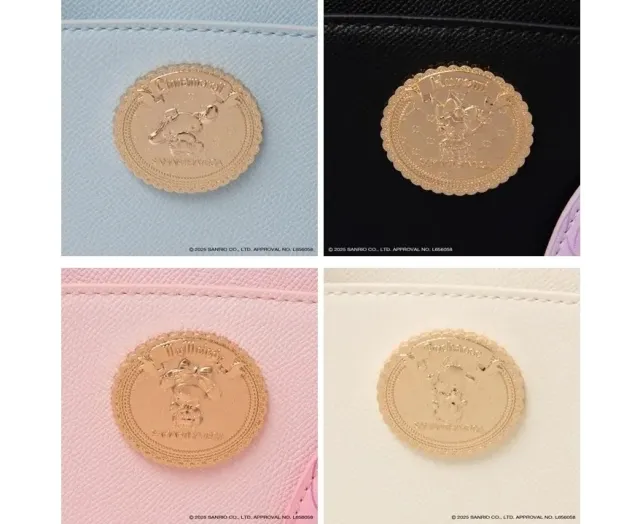
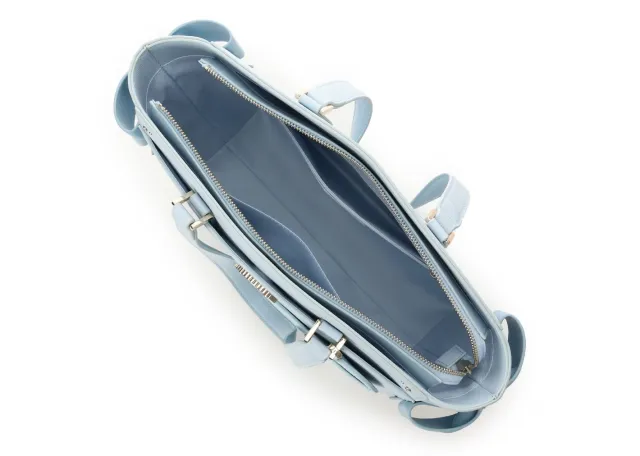
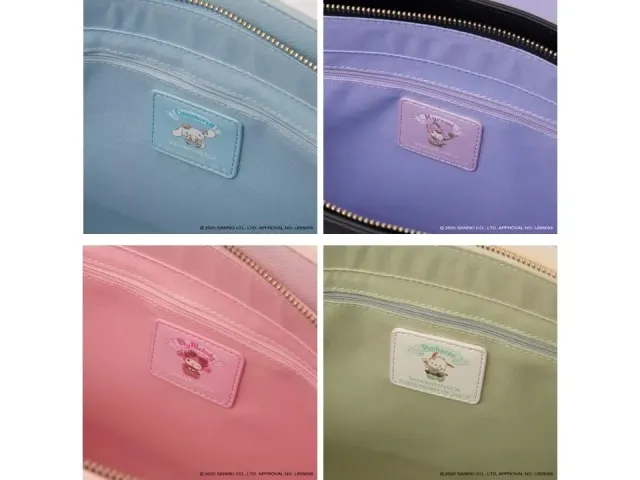
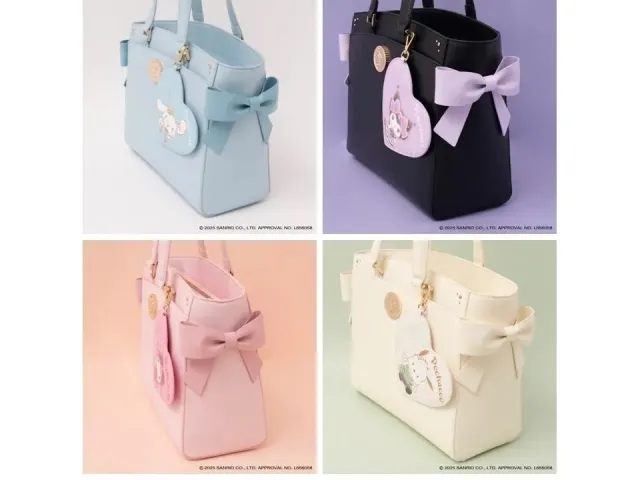
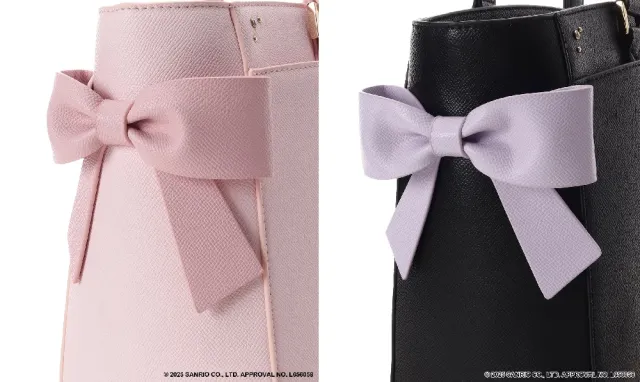







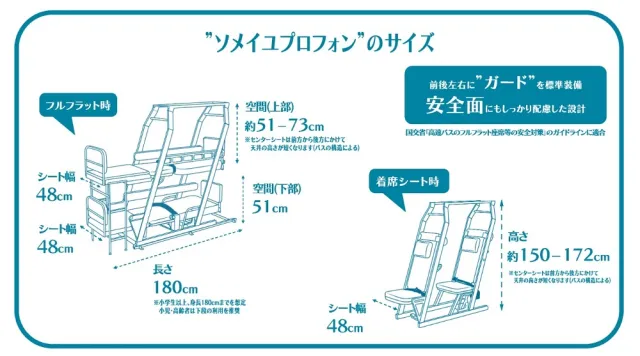



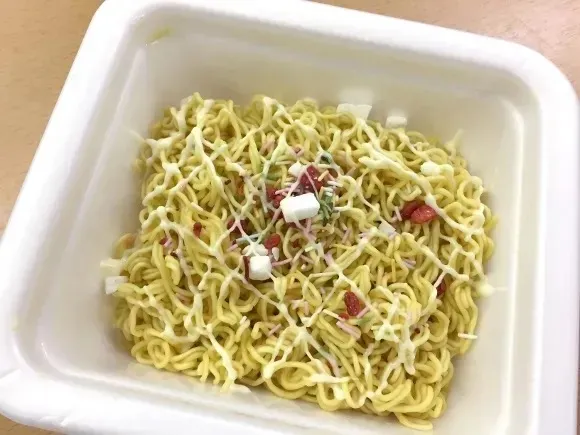

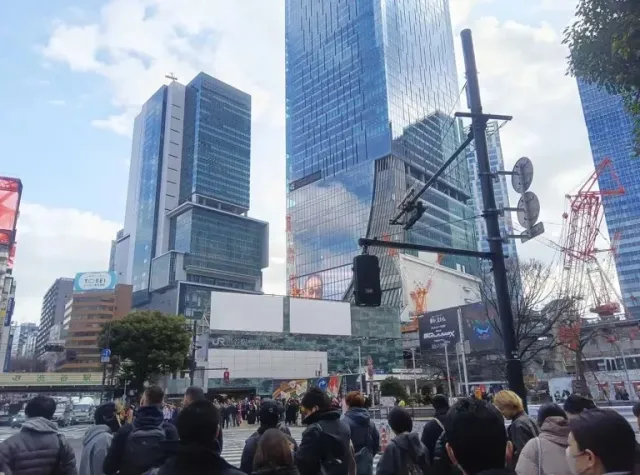
 「ハチ公」の目線の先に「ハチ公ファミリー」の壁アートがあるのをご存知でしたか?しかし渋谷駅近辺改築と共に今月末から撤去が始まります。浮き彫りされた20“頭“の秋田犬に、ありが“頭“と言って来ました、ははは。惜しまれつつ35年の歴史に“幕を閉じ幕(ます)“
「ハチ公」の目線の先に「ハチ公ファミリー」の壁アートがあるのをご存知でしたか?しかし渋谷駅近辺改築と共に今月末から撤去が始まります。浮き彫りされた20“頭“の秋田犬に、ありが“頭“と言って来ました、ははは。惜しまれつつ35年の歴史に“幕を閉じ幕(ます)“ 。I
。I 渋谷
渋谷







 緊急募集
緊急募集

 ご提案方法
ご提案方法
0 comments: